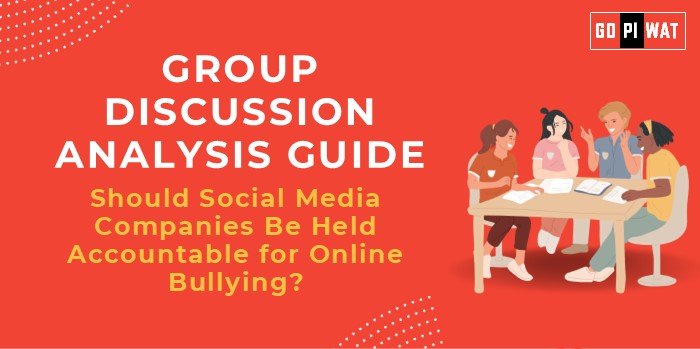📋 Should Social Media Companies Be Held Accountable for Online Bullying?
🌐 Introduction to the Topic
With the rapid growth of digital interactions, social media platforms have become central to communication, commerce, and culture. However, this has also amplified the prevalence of online bullying, raising questions about platform accountability.
Online bullying, or cyberbullying, has significant emotional, psychological, and societal impacts. Governments, NGOs, and industry leaders are now exploring ways to enforce accountability, aiming to protect users without stifling free speech.
📊 Quick Facts and Key Statistics
- 🌍 Global Reach of Social Media: Over 4.9 billion users worldwide (2023), making platforms critical players in societal discourse.
- 📈 Cyberbullying Impact: 37% of teens report being bullied online, with mental health effects including anxiety and depression (WHO, 2023).
- 📜 Legal Measures: The EU’s Digital Services Act mandates platforms to take action against harmful content or face fines up to 6% of global turnover.
- 💰 Economic Stakes: Social media companies earn $180 billion annually, highlighting their capacity to invest in user safety.
🏗️ Stakeholders and Their Roles
- 🏛️ Governments: Establish regulations, such as the EU’s Digital Services Act or India’s IT Rules, to ensure accountability.
- 📱 Social Media Companies: Develop AI tools for moderation, establish reporting systems, and enforce community guidelines.
- 🌍 Users: Report abusive content and foster responsible online behavior.
- 🛡️ NGOs: Advocate for victims, provide support, and promote awareness campaigns.
🏆 Achievements and Challenges
🎉 Achievements:
- 🤖 Technological Moderation: AI-driven tools now detect 94% of hateful content on Facebook before users report it.
- 📜 Legislative Progress: The Digital Services Act is a benchmark for regulating harmful online content globally.
- 🫂 Community Efforts: Campaigns like StopBullying have reached millions, spreading awareness and fostering empathy.
⚠️ Challenges:
- ⚖️ Content Moderation Issues: AI tools misclassify content, affecting legitimate expressions.
- 🌐 Jurisdictional Gaps: Platforms operate across borders, complicating enforcement.
- 🔒 Privacy vs. Accountability: Balancing user data protection with transparency requirements remains contentious.
💡 Structured Arguments for Discussion
Supporting Stance: “Social media companies must act responsibly as they profit from user interactions, including harmful ones.”
Opposing Stance: “Holding platforms accountable stifles free speech and creativity, as moderation decisions are inherently subjective.”
Balanced Perspective: “Accountability mechanisms should focus on enabling proactive measures rather than punitive actions.”
🗣️ Effective Discussion Approaches
Opening Approaches:
- 📊 Statistical Start: “With over 37% of teens experiencing cyberbullying, ensuring accountability is a societal need.”
- 📖 Case Study: “The tragic case of cyberbullying victims highlights the urgent need for better moderation systems.”
Counter-Argument Handling:
- ✔️ Focus on solutions such as tiered moderation, independent audits, and user education.
⚙️ Strategic Analysis of Strengths and Weaknesses
- ✅ Strengths: High revenue potential for investment in AI, existing legal frameworks, global connectivity.
- ❌ Weaknesses: Over-reliance on AI, cross-border regulatory issues.
- 📈 Opportunities: Partnerships with governments and NGOs, leveraging 5G for real-time moderation.
- ⚠️ Threats: User backlash over perceived censorship, lawsuits over privacy violations.
🎓 Connecting with B-School Applications
Real-World Applications:
Explore strategies in corporate social responsibility, data ethics, and public policy advocacy.
Sample Interview Questions:
- 💬 “How can businesses balance profitability with social responsibility in managing online bullying?”
- 📜 “Discuss the implications of regulating social media platforms for business innovation.”
Insights for B-School Students:
- 📘 Engage in studies on governance frameworks and develop strategies to tackle digital harm.


